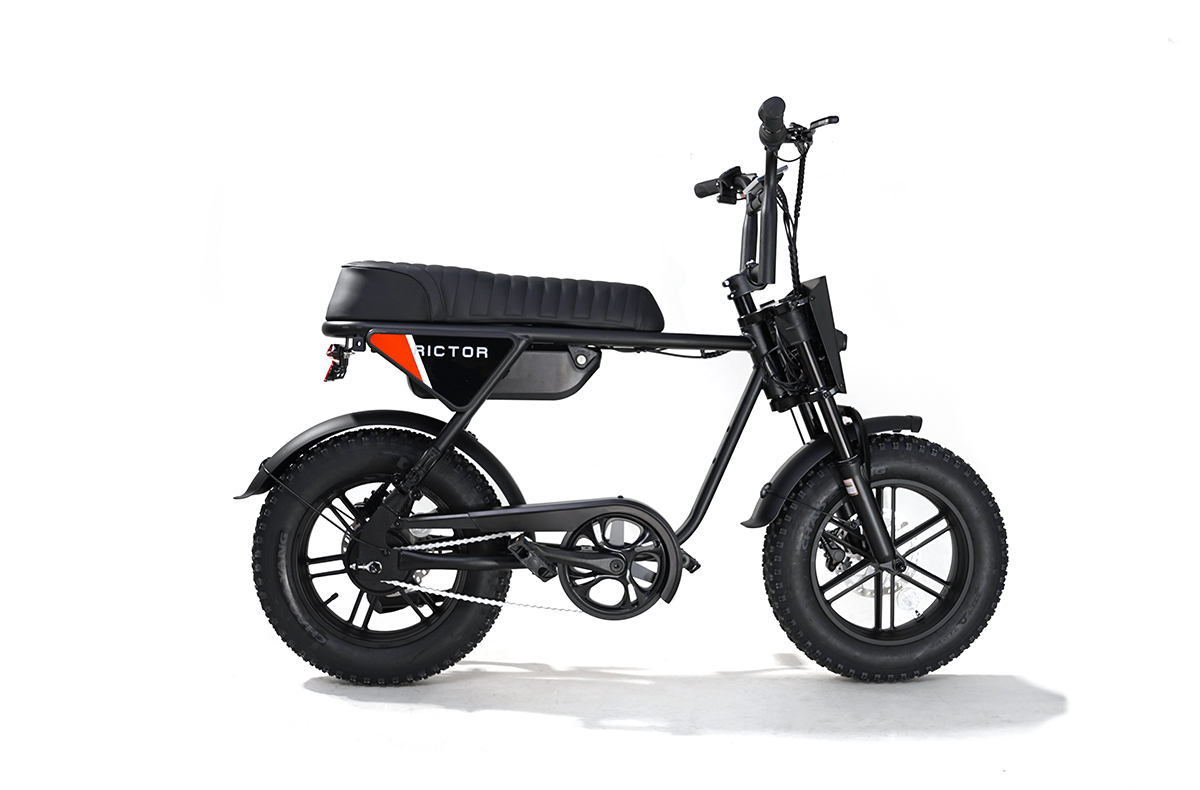
Is a Stolen E-Bike Covered by Insurance?
The rising popularity of electric bicycles has created a parallel increase in e-bike theft across the United States. With premium models often costing between $2,000 and $5,000, these valuable transportation devices have become prime targets for thieves. Many e-bike owners are shocked to discover that their standard insurance policies may not adequately cover their electric bicycles in case of theft. This guide explores e-bike insurance coverage options and what you need to know to protect your investment.
The Insurance Gap for Electric Bicycles
Many e-bike owners mistakenly assume their homeowners or renters insurance automatically provides comprehensive coverage for their electric bicycles. While these policies typically include personal property coverage, protection for e-bikes is often severely limited or nonexistent.
Homeowners and renters insurance policies frequently exclude electric bicycles entirely because they classify them as motorized vehicles rather than traditional bicycles. Even when policies do offer protection, they typically impose strict sub-limits - often around $1,500 - which falls well below the value of most quality e-bikes.
Additionally, standard policies generally only cover theft that occurs on your property. If your e-bike is stolen from a bike rack downtown, a public park, or outside your workplace, your homeowners or renters insurance likely won't help you recover your loss. This location restriction represents another significant limitation that leaves e-bike owners unprotected in common theft scenarios.
SEE ALSO Is Ebike Insurance Really Necessary? Everything You Need to Know
Limitations of Homeowners and Renters Insurance
When homeowners or renters insurance does cover e-bikes, the protection comes with substantial limitations. Most notably, these policies typically cover bicycles only for their actual cash value - the original purchase price minus depreciation - rather than the full replacement cost.
Furthermore, any claim for e-bike theft under a homeowners or renters policy will be subject to your deductible, which often ranges from $500 to $2,000. If your e-bike's depreciated value is close to or less than your deductible amount, filing a claim may not make financial sense.
Another crucial limitation involves the circumstances of the theft. Standard policies generally only cover theft that occurs through forced entry or other evidence of burglary. If you accidentally leave your garage door open or your e-bike is stolen without clear signs of breaking and entering, your claim might be denied despite having "theft coverage" on paper.
Specialized E-Bike Insurance
Given the limitations of standard insurance policies, dedicated e-bike insurance has emerged as the most effective solution for electric bicycle owners. These specialized policies are specifically designed to address the unique risks and values associated with e-bikes.
Companies like Velosurance, BikeInsure, and Lemonade have developed specialized policies that protect e-bikes against theft regardless of location. These policies typically cover your e-bike at its full value rather than depreciated value, ensuring you can replace your stolen bicycle with an equivalent model. This full-value coverage represents a significant advantage over standard homeowners or renters insurance.
Most specialized e-bike insurance providers also offer lower deductibles than standard policies. For example, BikeInsure's theft coverage comes with a $250 deductible, while some providers like Velosurance offer options with $0 deductibles for certain coverages.
Beyond theft protection, specialized e-bike insurance typically includes coverage for accidental damage, which standard policies almost never provide. This expanded protection covers damages from crashes, falls during transportation, and other accidents that might render your e-bike unusable. Some policies even cover damage that occurs while your bike is being transported by airlines or shipping companies.
Cost Benefit Analysis of E-Bike Insurance
Most specialized e-bike insurance policies cost between $100 and $300 annually, depending on your bike's value and your desired coverage limits.
For example, BikeInsure offers theft protection for approximately $8 monthly ($96 annually) with a $250 deductible. Lemonade provides basic theft coverage under their standard homeowners or renters policies, with optional "Extra Coverage" available for additional protection and a $0 deductible. Velosurance offers customizable policies that can include theft protection, accidental damage coverage, liability protection, and medical payments.
For premium e-bikes costing $3,000 or more, the annual insurance premium typically represents less than 10% of the bike's value, making it a reasonable expense for protecting your investment.
The potential financial loss extends beyond just the bike itself. Many e-bike owners invest hundreds of dollars in accessories such as lights, racks, panniers, and GPS devices. Specialized e-bike insurance often covers these accessories as well, providing additional value that standard policies typically exclude.
Choosing the Right E-Bike Insurance Policy
Selecting the appropriate insurance coverage for your electric bicycle requires careful consideration of several key factors. First, determine whether your e-bike is eligible for coverage under specialized policies. Some insurers only cover certain classes of e-bikes.
Next, evaluate the coverage limits and exclusions of potential policies. Important questions to ask include:
-
Does the policy cover theft from all locations or only from your home?
-
Is your e-bike covered for its full replacement value or actual cash value?
-
What deductible applies to theft claims?
-
Are accessories and upgrades included in the coverage?
-
Does the policy cover accidental damage as well as theft?
-
Are there exclusions for certain types of use (racing, off-road riding, etc.)?
Additionally, consider whether the policy includes liability coverage, which protects you financially if you cause injury to others or damage to property while riding your e-bike. Some specialized e-bike insurers also offer medical payments coverage, which helps cover your medical expenses if you're injured while riding, regardless of who is at fault.
Real Experience and Claims Process
Understanding the real-world experience of e-bike theft and the subsequent insurance claims process can help owners prepare for this possibility. According to BikeInsure, the claims process typically begins with filing a police report immediately after discovering the theft.
The claims process typically involves submitting:
-
A completed claim form
-
The police report documenting the theft
-
Proof of purchase for the e-bike
-
Photos of the e-bike (if available)
-
Information about the security measures used (locks, etc.)
Most specialized insurers process claims more quickly than traditional insurance companies because they focus exclusively on bicycles and understand the urgency of replacing a stolen e-bike, especially for those who rely on their electric bicycles for daily transportation.
Preventive Measures to Supplement Insurance
While insurance provides financial protection after a theft occurs, implementing strong preventive measures remains essential. Using high-quality locks is one of the most effective deterrents against theft. Invest in U-locks or heavy-duty chain locks that resist cutting tools, and always lock your e-bike to an immovable object.
Many insurers require specific security measures as conditions of coverage. For example, some policies may stipulate that your e-bike must be secured with an approved lock when left unattended in public spaces.
Beyond physical security, consider using GPS tracking devices designed specifically for bicycles. These compact devices can be discreetly mounted on your e-bike and allow you to track its location in real-time using a smartphone app.
Another effective preventive measure involves registering your e-bike with national databases like Bike Index or 529 Garage. These services maintain records of your bike's serial number and identifying features, making it easier for law enforcement to identify recovered bikes.
Conclusion
With valuable e-bikes increasingly targeted by thieves, specialized insurance is essential as standard policies offer inadequate protection. Combine comprehensive e-bike-specific coverage with preventive measures like quality locks and GPS trackers to safeguard your investment and ride worry-free despite rising theft risks.
FAQs
Can I get insurance for an e-bike used for commercial purposes?
Some insurers offer special policies for commercial e-bike use, but standard policies typically exclude business use.
What information do I need to file an e-bike theft claim?
You'll need a police report, proof of purchase, photos of the e-bike (if available), and information about security measures used.
Does e-bike insurance cover accidental damage?
Yes, specialized e-bike insurance typically covers accidental damage, unlike standard homeowners policies.





